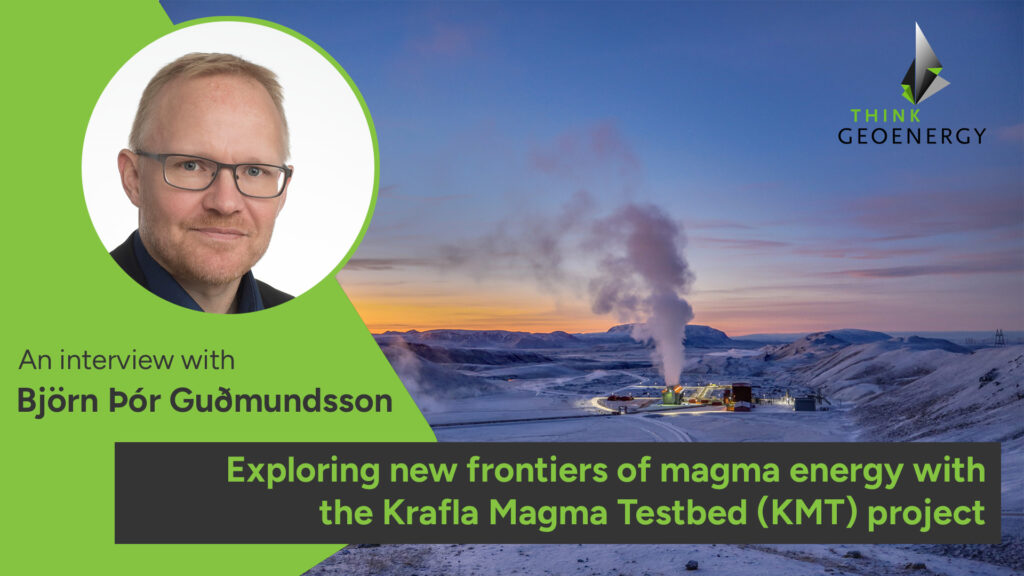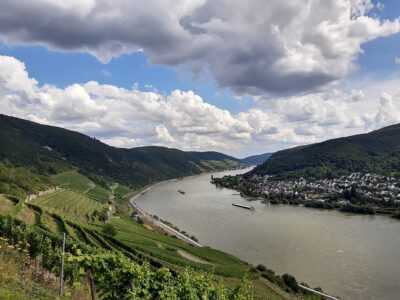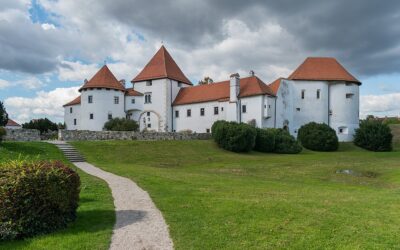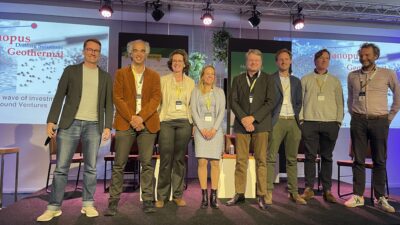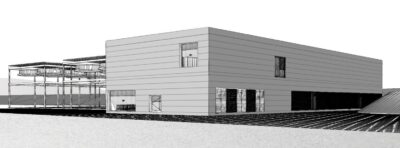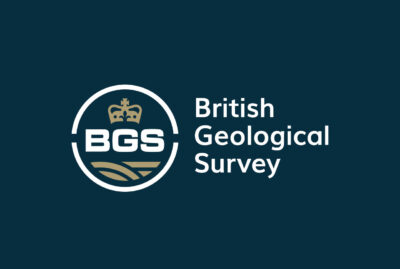Interview – Exploring new frontiers of magma energy with KMT
In this interview, Björn Þór Guðmundsson from the KMT project tells us about the ambitious goals of drilling into magma in the Krafla geothermal field, Iceland.
Despite the advanced state of geothermal development around volcanic regions, there has not been much success in drilling into magma and taking meaningful in-situ measurements. There have been cases of drilling into magma in the past, but these were never fully exploited mostly because of the technological limitations of the time. Indeed, magma has been described as an unexplored frontier of the Earth’s crust.
In the coming years, the Krafla Magma Testbed (KMT) project in the Krafla geothermal field in Iceland aims to drill into a shallow magma chamber. This will serve as both a research facility and a demonstration facility for producing geothermal energy close to a magma body.
To learn more about the KMT project, we interviewed KMT CEO Björn Þór Guðmundsson. Björn sheds some light on KMT’s approach on addressing the challenges of drilling into magma and the objectives of the project.
There had previously been an incident of drilling into magma in Iceland which ran into issues relating to corrosion and extreme temperatures. What improvements in technology will help make this attempt a success? What will be the strategy for dealing with the past technical challenges?
I guess you are referring to the IDD-1 project and the drilling into magma in 2009. The idea of KMT sprung out of the accidental encounter of magma in the IDDP project. When IDDP-1 was drilled, the well was not designed to withstand the extreme near-magma environment. They used conventional drilling equipment and materials (wellhead, casings etc.) which resulted in corrosion and instability of the well, so they eventually had to close it down.
However, that well was flow tested for more than a year and turned out to be about ten times more powerful than the average well in Krafla.
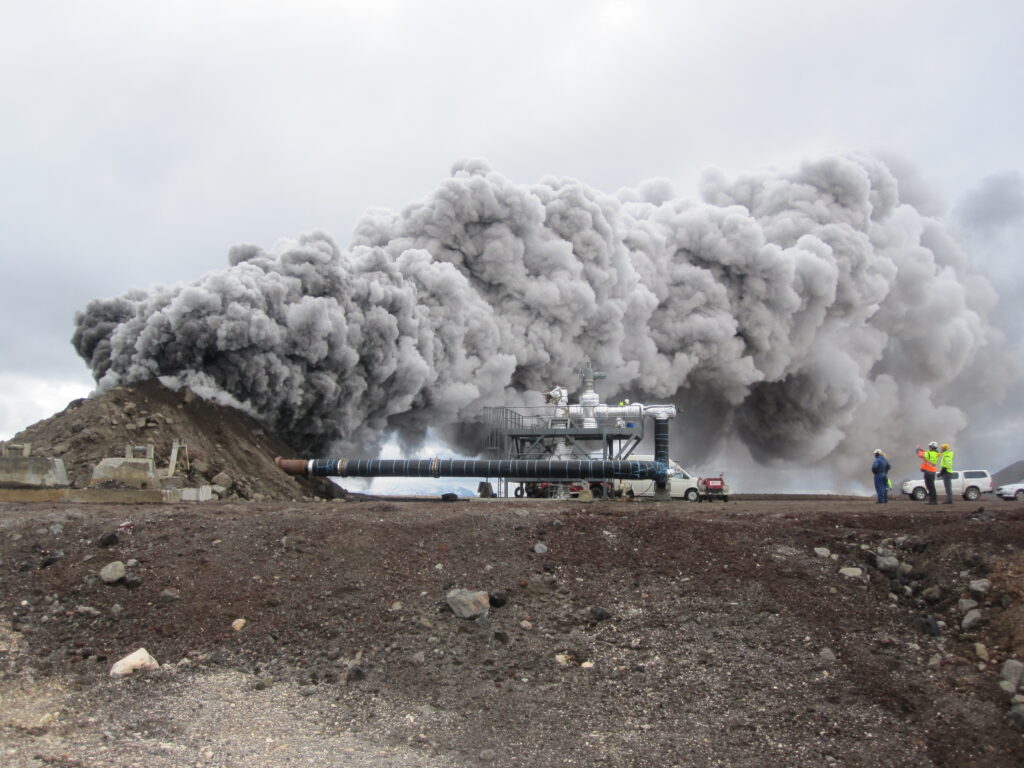
Based on this experience, the Krafla Magma Testbed NPO is doing extensive material testing and development to design wells that can withstand these conditions. This will be supported by modelling of the thermo-mechanical fluid-structure interaction dynamics, which allows us to compute the dynamics and the thermo-mechanical stress associated with the intrusion of magma into a drill hole.
What kind of information or samples do you aim to collect from the wells?
We are drilling two wells: KMT-1, a monitoring and volcanic research well, and KMT-2, an energy research well. We will be collecting a lot of geophysical and geochemical data from these wells with methods that are mostly known.
What is different about KMT is that we aim to recover a core from the base of the hydrothermal system to magma and monitor temperature through that interval in parallel. This will be the first time scientists will actually get samples of this. Our aim is to place temperature and pressure sensors into the magma for direct measurements on magma behaviour. We are collaborating with the sensor community to develop new temperature sensor and temperature-resilient technologies to monitor pressure directly in the magma.
Through this direct observation, we aim to enhance our ability to monitor and forecast volcanic events. By refining our interpretations and models of the signals monitored during volcanic unrest, we will develop new methods to improve early warning systems for volcanic eruptions, ultimately reducing the risks they pose.
Aside from exploring the potential for superhot rock geothermal, what other scientific insight do you hope to gain from this project?
These are the overarching goals of KMT:
- Characterise the magma-rock-hydrothermal transition zone and its evolution;
- Design and construct stable wells for sampling and continuous long-term monitoring of magma bodies stored at depth and their immediate environment;
- Test new materials, sensors, and technologies in extreme conditions;
- Develop new energy-harnessing technologies;
- Evaluate the response of magma and fluids to geothermal exploration and utilisation;
- Carry out experiments with controlled manipulation at the magma-rock-hydrothermal interface and in magma, coupled with high-resolution monitoring activity;
- Develop new monitoring methods and approaches capable of identifying, locating, and characterising magma bodies;
- Improve reliability of warnings of impending volcanic eruptions world-wide through improved understanding of subsurface volcanic processes and how to monitor them.
What do you foresee will be the impact of the KMT project on the field of superhot rock geothermal and the overall geothermal industry?
International investment in geothermal energy still accounts for only a relatively small proportion of energy production worldwide. Reasons include that the resource is sometimes inconveniently distributed, initial costs are high because of the expense and uncertainties of drilling, and the efficiency of converting normal geothermal steam to electricity is low.
Nevertheless, geothermal power generation operates with very low greenhouse gas emission, production is continuous, and the footprint is small. The power plant sits on its energy source and “waste” recycling site. Advances in transmission of electricity are overcoming the economics of distance with better “ground-truthing” on locating the magmatic heat source.
Reducing uncertainties about conditions in magma from KMT will decrease start-up costs. KMT aims to revolutionize the geothermal industry by improving geothermal power economics up to an order of magnitude, which was showed to be the difference between a conventional well in Krafla and the IDDP-1 well which accidentally entered magma. This will be done by designing new innovative production wells that can withstand near-magma conditions.
The improved geothermal energy yield is related to higher fluid enthalpy and exergy of superhot geothermal fluid that will be equally relevant in all geographical and geological settings as in Iceland.
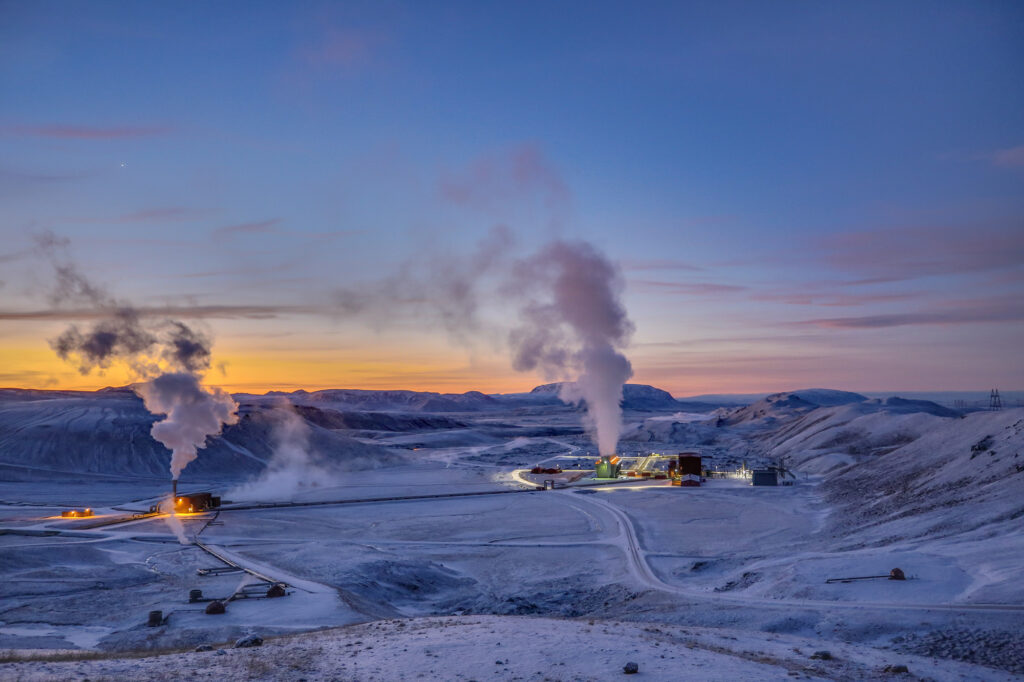
The technical solutions developed to handle fluid both in wells and on surface will be applicable in other geographical and geological settings. Fluid properties will largely be determined by temperature and pressure, not only the geology. This includes gases such as HCl and silica. Equally hot wells will have same challenges in terms of thermal expansion of casings, valves, and other surface equipment. The same applies to challenges in terms of cementing of long casing strings in hot rock environment.
The development and solutions of drilling fluids and drilling methods to assess and handle formation stability when drilling with cold drilling fluids in superhot rock formations will be applicable for all superhot geothermal systems in other geographical and geological settings.
Geothermal can be considered an ally in the energy transition for its power and non-intermittency, and a part of the green energy mix to help us shift from fossil fuels. For example, developing ways to utilise near-magma geothermal energy could open ways to new energy sources such as ocean floor rift zones where magma lies relatively high in the crust. All geothermal can be considered as a cost0efficient, stable, environmentally friendly, and dependable baseload energy. Magma energy can be considered a high-risk, high-reward source of geothermal energy.
Can you tell us more about the timeline of the project? When can we expect the drilling to start and how many wells are being planned?
We plan to drill the first well KMT-1 in 2026 and KMT-2 in 2028.
